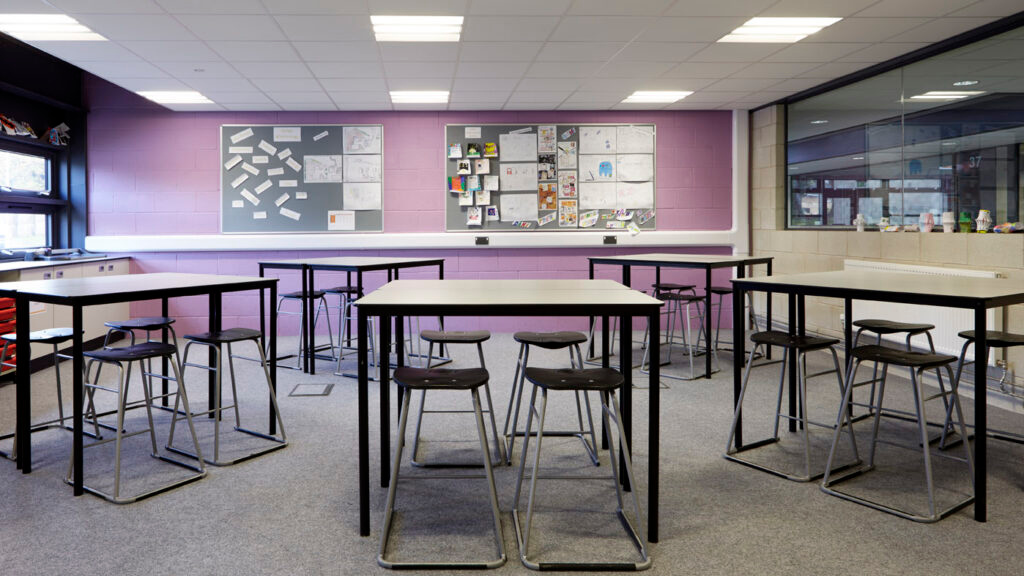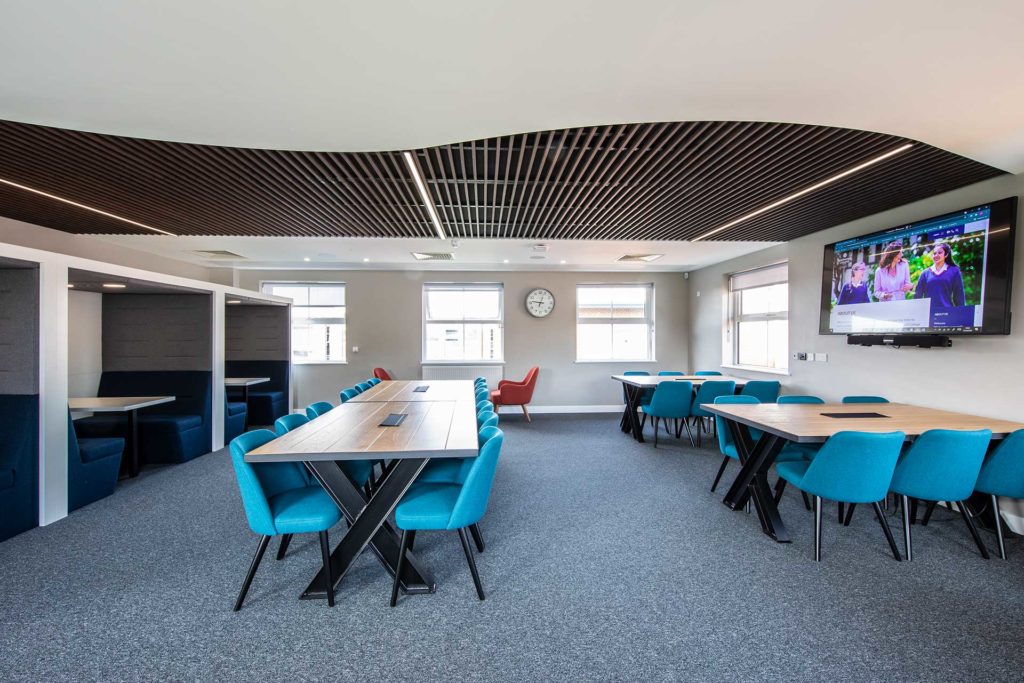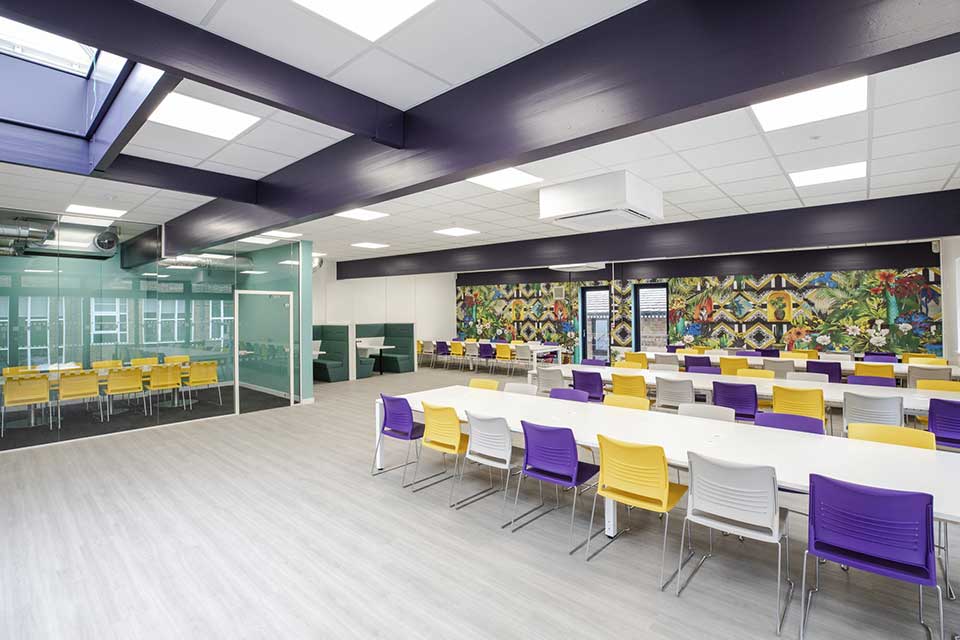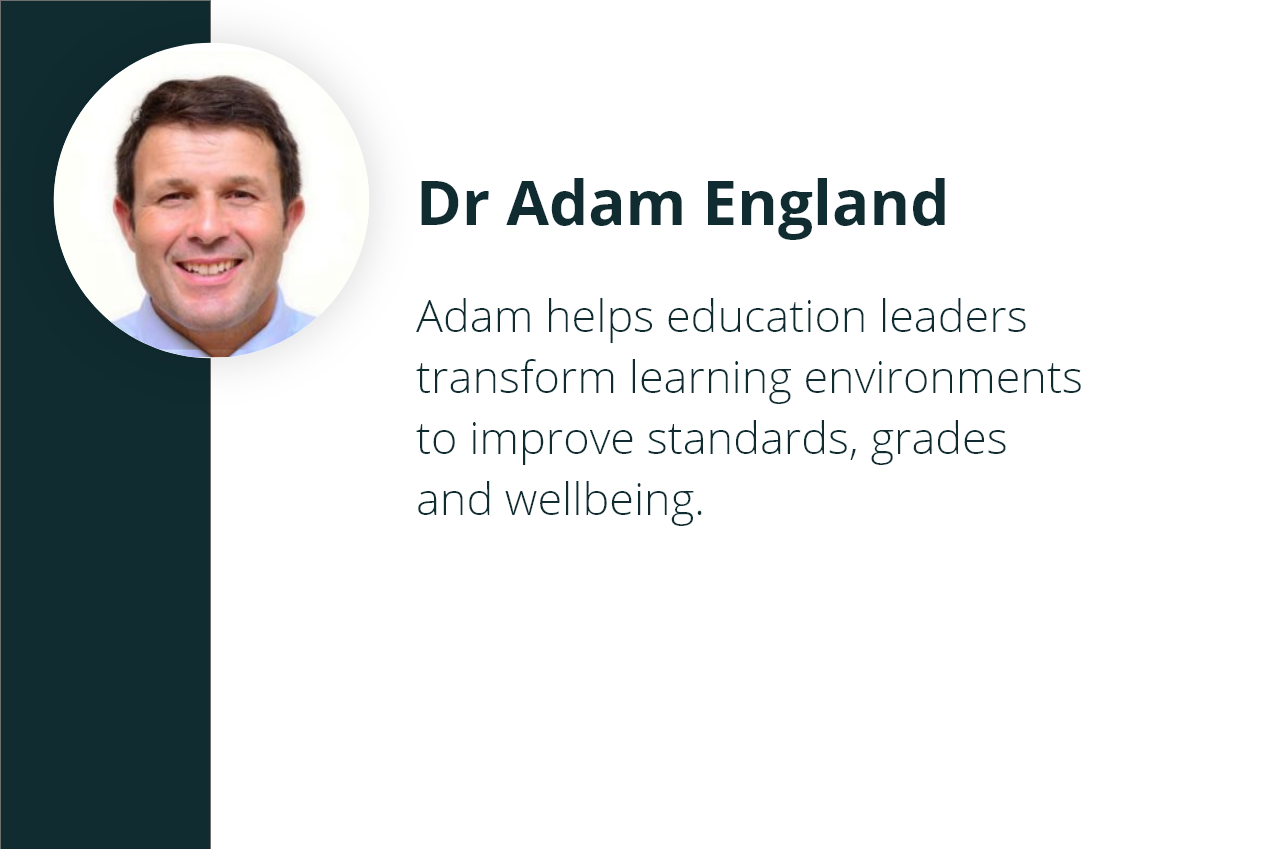How Are We Planning For A Greater Bandwidth Of Neurodiverse Learners?

Neurodivergent conditions – identified by a range of descriptors – are estimated to be present in 15-20% of the population, or approximately 1 in 7 people. However, figures from the National Autistic Society show that neurodiverse learners are not being given sufficient opportunities to do as well as their neurotypical peers, with only 15% of autistic adults currently in employment.
As schools, we must plan for the significant number of neurodiverse students to be able to fully access and benefit from their education at this fundamental stage of learning.

How Can Neurodivergence Affect Students?
Neurodivergence can have a very detrimental effect on students – when they cannot focus or give their full attention due to noise and distractions in the classroom, they are immediately put at a disadvantage as the school environment is not perfectly silent. The effects of the surrounding chatter and movement, albeit low-level interruptions to the neurotypical person, can lead to inefficient working and procrastinating as the concentration has been broken for those with neurodivergence. Feeling overwhelmed, stressed and distracted leads to students not producing their best work in the classroom.

Are All Neurodiverse Students Affected The Same Way?
Just as with neurotypical students, one of the issues for schools is that students with neurodivergence may react very differently in the same situation. Those of us who are neurotypical can still react badly to too much noise and may find we need to block out external noise by closing windows or wear ear defenders. With those on the autistic spectrum – which could be ADHD, dyslexia, dyspraxia or could be anywhere on that spectrum – it is more common that they are going to have far greater sensory sensitivity. This makes it very difficult to work out exactly what actions to take to bring about change successfully. However, here at Noble and Eaton, our experienced consultants have worked with a number of headteachers and lead educators, and there are steps all schools can put in place now to make a positive improvement for their students.

How Should Schools Be Planning To Support Neurodiverse Learners?
The school environment is a key focus to support learning and it is vital that this creates and improves engagement at all ages. Students can feel overwhelmed by colours, fabrics, noises, lights, sounds and more. All of these should be taken into consideration by educators.
For example:-
- a range of textures in school furniture designs ensures that students have different fabrics to touch
- computers set to silent to stop beeps and other noises affecting students
- doors fitted with soft closing designs
- ensure students can move around in different zones for a change of pace
- keep the classroom tidy and free of clutter
- instal different seating arrangements depending on the task
- offer ear defenders or noise reducing equipment




